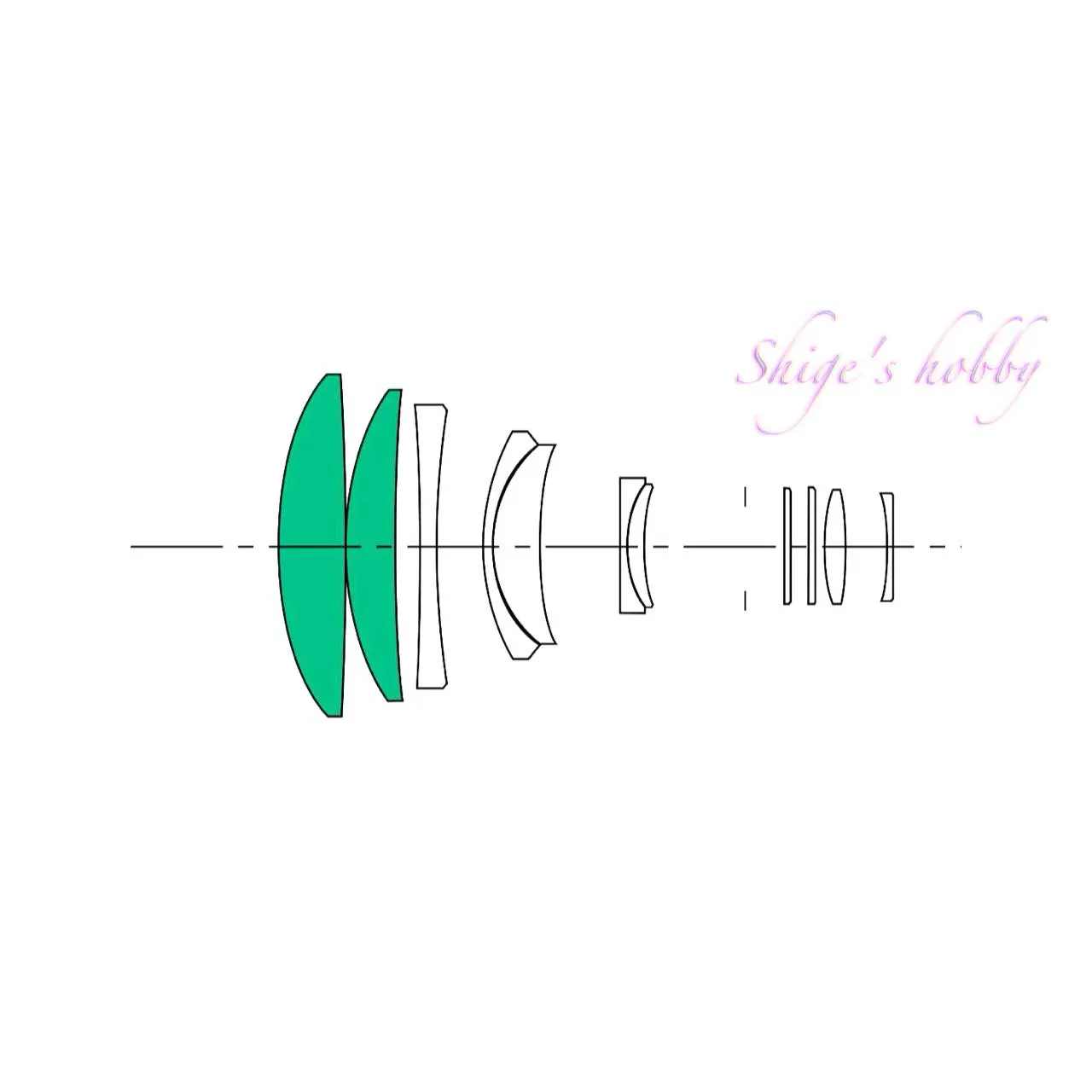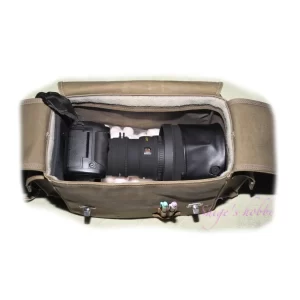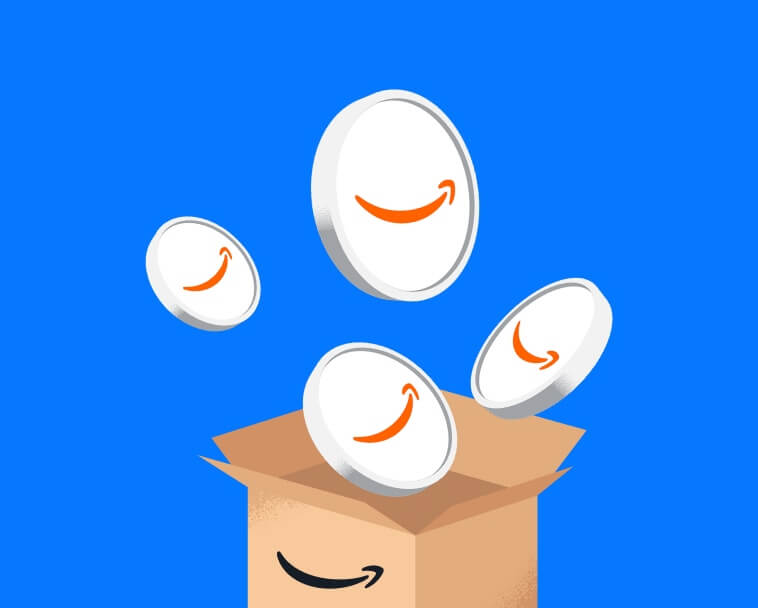A review and Photo example of the SIGMA APO 300mm F2.8 EX HSM with the SIGMA SD10.
- Please see the disclaimer regarding advertising here.
- Italicized links in the text are advertisement links that take you to other sites.
Table of contents

Gallery
- The example photos were taken with a SIGMA SD10.
Review


1.Overview
The 300mm F2.8 EX HSM is a telephoto prime lens released by Sigma in 1999 for 35mm film and 35mm full-frame sensors.
Its main specifications are a lens configuration of 11 elements in 9 groups, a minimum shooting distance of 2.5m, HSM (ultrasonic motor), lens length of 215mm, and weight of 2.4kg.
The lens hood is cylindrical and can be attached in reverse, and a 46mm filter can be dropped in at the rear.
2.Usability
The 300mm F2.8 EX HSM, commonly known as the 300mm f/2.8 EX, was one of the telephoto lenses I used when comparing cameras with the SD10.
As is generally said, images are sharp across the entire range, even at widest aperture, so if you’re not concerned about depth of field, you can easily shoot without any problems by fixing the aperture at widest f/2.8 and leaving the shutter speed to the camera.
Thanks to its bright f/2.8 aperture, I was able to achieve a reasonable shutter speed even with the SD10, which is limited to ISO 200 or so, and although it doesn’t have image stabilization, the lens is heavy and camera shake can be reduced by holding it firmly.
It fit perfectly into the Inujirushi Kaban camera bag I was using at the time, but was just barely large enough and heavy enough to carry by hand.

Even with Sigma cameras, the 300mm F2.8 EX HSM’s AF works when attached with a 1.4x teleconverter (maximum aperture of F4) or a 2x teleconverter (maximum aperture of F5.6).
Using the 2x teleconverter in particular, the focal length becomes 600mm and the aperture becomes F5.6, making it suitable for capturing small birds like kingfishers. However, since the camera I was using was an SD10, which has poor AF focusing speed and accuracy, I often used it in manual focus (MF) mode due to the even worse AF performance and the camera’s poor continuous shooting capabilities.
Since this was no different in usability from my previous Tamron MF 300mm SP 300mm F/2.8 LD [IF], there was no point in using an AF-compatible lens, so I gave up on using it at 600mm with the 2x teleconverter.
Things might have been different if the camera body had performance close to that of high-end Canon or Nikon, but that is not possible with a Sigma camera, and if you use a high-end Canon or Nikon camera, it is common to choose a genuine 300mm lens, so Sigma would not be a candidate.
Again, 300mm lenses are generally suitable for photographing large sports or medium-sized or larger animals on their own, but since I didn’t do any sports photography and the specs were too much for photographing animals in my neighborhood – in that case a 300mm F4 would be sufficient – I decided that this lens didn’t suit my shooting style and got rid of it without using it much.
3.Summary
In conclusion, to sum up the 300mm F2.8 EX HSM, this lens was a darling of the film era, but has lost its purpose in the digital age.
For digital cameras of the 2020s that have in-body image stabilization and can use high ISO settings, a 300mm F5.6 zoom lens is often sufficient for a focal length of 300mm.
The only reason I can think of to use the heavy and unwieldy 300mm F2.8 is for self-satisfaction.
Specifications, considerations, etc.
300mm lenses were flagship lenses in the SLR era, and every camera manufacturer always included them in their lineup. Lenses above 400mm were considered more specialized, making 300mm lenses the envy of amateur users.
This is because SLR cameras use different AF sensors depending on the brightness they support: F2.8, F5.6, or F8 (Sigma does not support this). F2.8 is the upper limit for faster lenses, and many faster lenses in the SLR era had an aperture of F2.8.
The effectiveness of F2.8 also affects the brightness seen through the viewfinder; a lens with an aperture of F4 will appear slightly dark, while F5.6 will appear quite dark.
With the advent of digital cameras and mirrorless cameras, improvements in EVFs and AF sensors have meant that F2.8 is no longer necessary. Long-focus telephoto lenses are now primarily zoom lenses, and F2.8 prime lenses, with declining market demand, are disappearing from manufacturers’ lineups.
At that time, Sigma offered two 300mm f/2.8 prime lenses: a 300mm f/2.8 prime lens and a 120-300mm f/2.8 zoom lens. I considered which one to buy, and while a zoom lens offers greater convenience when shooting, I ended up purchasing a prime lens for the following reasons:
- I only use telephoto lenses at the telephoto end.
- Zoom lenses are heavier and more expensive than prime lenses.
- Personally, I can’t shake the belief that prime lenses provide better image quality.
| Items | 300 EX HSM | 300 EX DG HSM | 120-300 |
| Focal length(mm) | 300 | 300 | 120-300 |
| Max aperture | 2.8 | 2.8 | 2.8 |
| Min aperture | 32 | 32 | 22 |
| Aperture blade | 9 | 9 | 9 |
| Lens Construction | 9群11枚 | 9群11枚 | 11群16枚 |
| Min distance | 2.5m | 2.5m | 1.5m(W)~2.5m(T) |
| Lens length(mm) (SAマウント) | 214.5 | 214.5 | 271 |
| Lens Max diameter(mm) (SAマウント) | 119 | 119 | 112.8 |
| Filter Size(mm) | 46mm (リアフィルター) | 46mm (リアフィルター) | 105mm 46mm (リアフィルター) |
| Weight(g) (SAマウント) | 2,400 | 2,400 | 2,680 |
| Lens hood | LH1196-01 | LH1196-01 | LH1134_01 |
| Release date | 1999 | 2005 | 2005 |
| Lens Mount | Sigma SA Canon EF Nikon F Pentax K (Not HSM) Sony A (Not HSM) | Sigma SA Canon EF Nikon F Pentax K (Not HSM) Sony A (Not HSM) | Sigma SA Canon EF Nikon F Pentax K (Not HSM) Sony A (Not HSM) |
| Price(Yen/No-tax) | ¥290,000- | ¥350,000- | ¥350,000- |
Reference links
- SIGMA 300mm EX DG HSM Official page
- SIGMA 120-300 EX HSM Official page on Web Archive
- SIGMA 300mm EX HSM Official page on Web Archive
- [Camera terminology dictionary] F2.8 compatible/F2.8 sensor, F8 compatible/F8 sensor
- SIGMA 300mm F2.8・WebArchive
- SIGMA 300mm F4・WebArchive
- SIGMA 400mm F5.6・WebArchive
- SIGMA 500mm F4.5・WebArchive
Affiliate links
- Amazon Affiliate Link/Keyword=Sigma
- Amazon Affiliate Link/Keyword=Sigma lens
- Amazon Affiliate Link/Keyword=Sigma books

Amazon Prime Sale
Update history
- 2025.9.15
- 2024.12.30


Be First to Comment